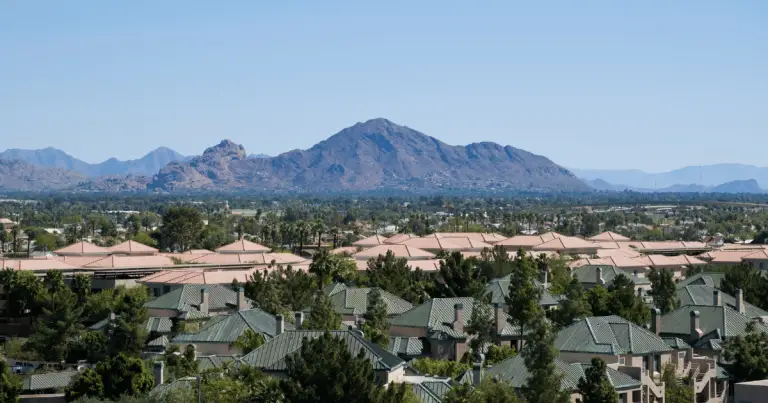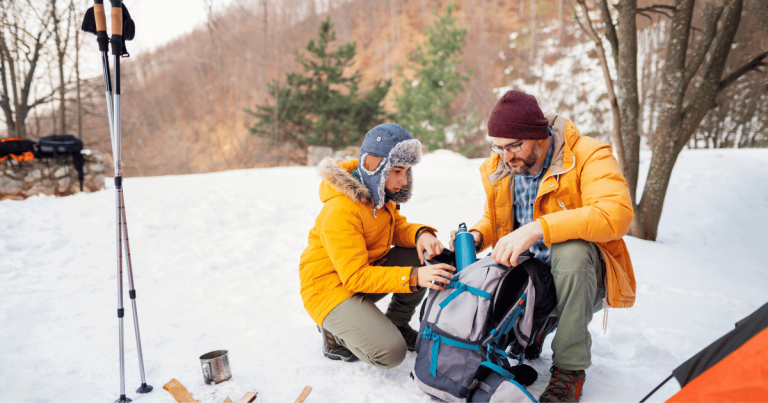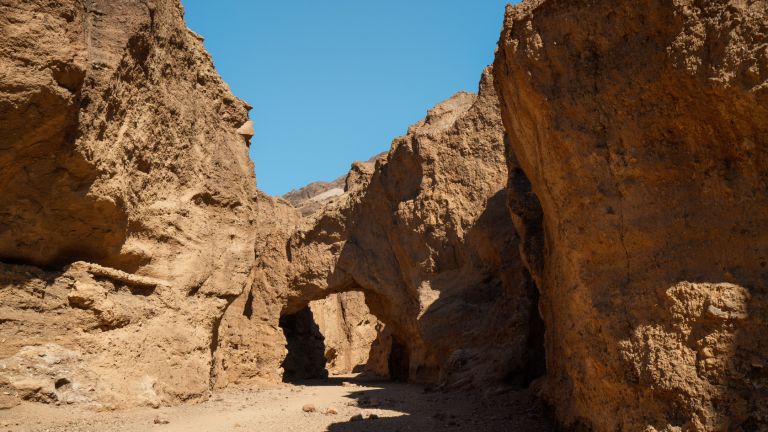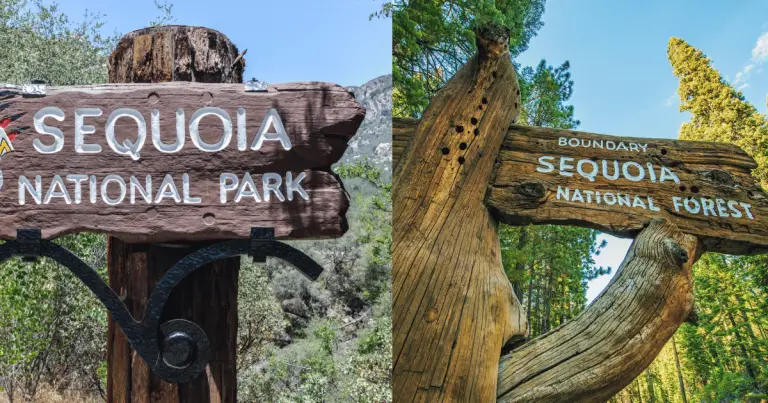The Mesmerizing Beauty of Fountain Paint Pot in Yellowstone National Park
Yellowstone National Park is a treasure trove of incredible natural beauty and awe-inspiring landscapes. One of the park’s many marvels is the Fountain Paint Pot, a renowned geothermal area that attracts many visitors every year. The Fountain Paint Pot is an exceptional location that displays the remarkable diversity of Yellowstone’s natural wonders.
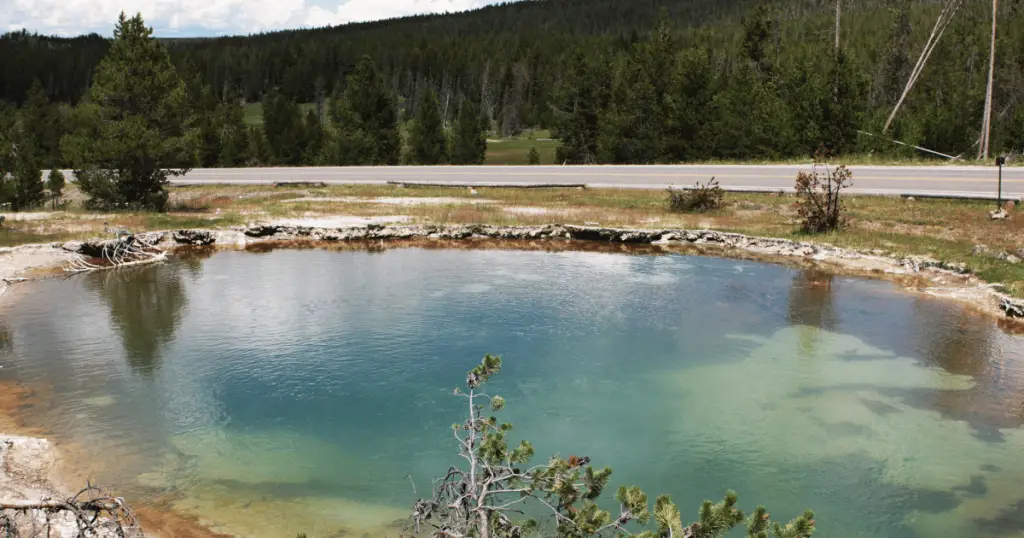
Geothermal Wonders of Yellowstone
Yellowstone National Park is renowned for its geothermal wonders, a testament to its location atop a volcanic hot spot. Geysers, hot springs, mud pots, and fumaroles create the scorching, vibrant, and sometimes eerie landscape that Yellowstone is known for.
Among the most famous geysers in the park are Old Faithful, known for its predictability, and Steamboat Geyser, the tallest active geyser in the world. The park’s hot springs, such as the Grand Prismatic Spring, dazzle visitors with vivid colors.Amid these natural wonders, the Fountain Paint Pot is a unique geothermal attraction that encapsulates Yellowstone’s geothermal features in one spot.
Location and Access
Fountain Paint Pot is located in the Lower Geyser Basin of the park, a brief drive from the Madison Junction. The area is easily accessible, with a paved trail leading visitors through various geothermal features. Parking is available near the trailhead, and restrooms are located nearby. The trail and facilities are open year-round, but winter conditions can affect accessibility. It’s always best to check the park’s website for current hours and conditions.
Fountain Paint Pot’s Features
The Fountain Paint Pot has four primary geothermal features: the Boiling Mud Pots, the Fountain Geyser, the Red Spouter, and the Celestine Pool.
- The Boiling Mud Pots are a sight to behold. These features are essentially hot springs with limited water supply that boil up to create mud pots, creating a gurgling spectacle of mud bubbles.
- The Fountain Geyser is an intermittent geyser known for its powerful and picturesque eruptions.
- The Red Spouter functions as a fumarole, geyser, and hot spring, depending on the season and water level.
- The Celestine Pool is a hot spring known for its deep, vivid blue water, named for its sky-like hue.
Each feature offers insight into the geothermal activity beneath the park’s surface, making the Fountain Paint Pot a must-visit spot in Yellowstone National Park.
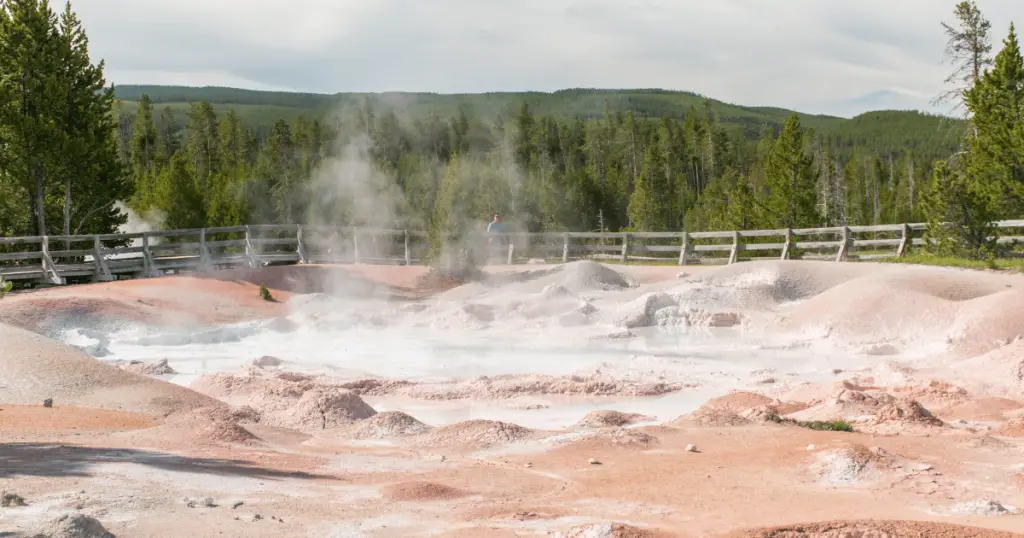
The Spectacle of Eruptions
One of the most enthralling sights at the Fountain Paint Pot is the eruption of the Fountain Geyser. This geyser is known for its impressive outbursts, typically occurring every 4 to 6 hours.
The water can soar as high as 75 feet in the air, creating a truly captivating display of nature’s raw power. For visitors hoping to witness this natural spectacle, patience is vital.
Park regulations recommend that visitors maintain a safe distance of at least 100 yards from the geysers and hot springs. It is also prudent to stay on designated trails and boardwalks to ensure safety.
Safety Precautions and Guidelines
Adhering to its safety guidelines is vital when observing the park’s geothermal features. The ground in geothermal areas is fragile and thin, and scalding water underlies much of the light, breakable crust.
Boardwalks and trails provide safe vantage points to view all hydrothermal features. It’s also essential to keep children close and not let them run on the boardwalks. Remember, pets are not allowed in thermal areas.
Ecosystems Around Fountain Paint Pot
The area surrounding the Fountain Paint Pot is flourishing with various unique microorganisms and extremophiles that can survive in the extreme conditions created by the region’s geothermal activity. These organisms add to the mesmerizing colors in the pools and mud pots.
This geothermal activity also significantly impacts the surrounding vegetation, starkly contrasting the barren, steaming landscapes around the hot springs, geysers, and lush forests just a few feet away.
The balance between the geothermal features and the ecosystem is delicate. Yellowstone’s geothermal activity creates a harsh environment that is not suitable for many microorganisms to survive.
However, it also supports a wide range of microorganisms that cannot be found anywhere else in the world. This contributes to the incredible biodiversity of Yellowstone.
Geological Formation and History
Like other geothermal features within Yellowstone National Park, the Fountain Paint Pot is a result of the park’s location atop one of the world’s largest active volcanic systems.
The geothermal activity is caused by the movement of magma beneath the Earth’s crust, which heats underground water and creates pressure. When the pressure becomes too great, it causes eruptions like those seen at the Fountain Geyser.
Historically, the Fountain Paint Pot and the park’s other geothermal features have long held significance for various Native American tribes residing in and around the Yellowstone region. Early explorers and trappers shared tales of the park’s “hellish” landscapes, often met with skepticism.
The first comprehensive explorations of Yellowstone, such as the expeditions led by the Washburn-Langford-Doane party in 1870, brought back accounts and sketches that eventually led to Yellowstone’s establishment as the world’s first national park in 1872.
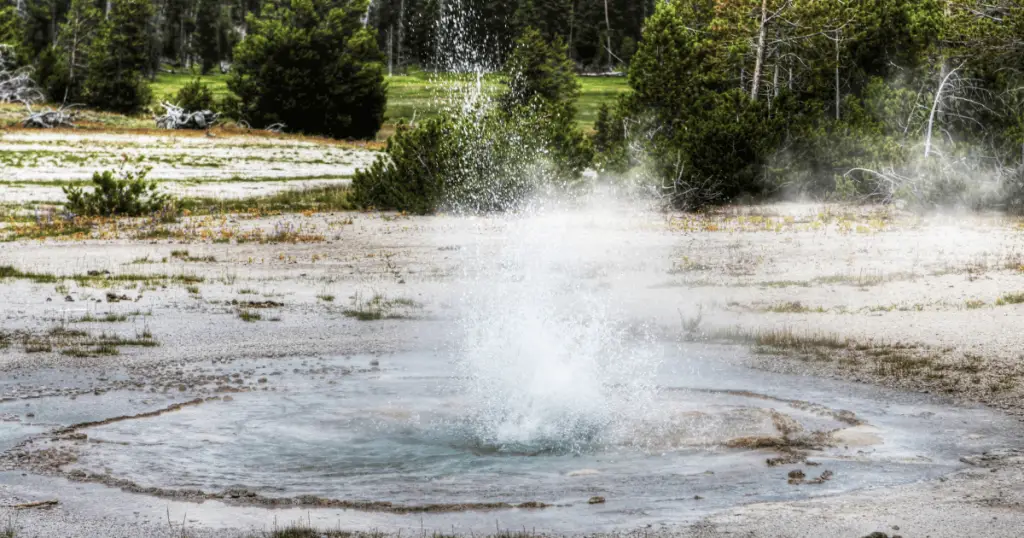
Ongoing Research and Monitoring Efforts
Understanding the geological intricacies and preserving the unique features of the Fountain Paint Pot continues to be a focus of ongoing research and monitoring efforts. Scientists from the Yellowstone Volcano Observatory, the U.S. Geological Survey, and various universities routinely monitor geyser activity, hydrothermal explosions, and seismicity.
This research aids in predicting geyser eruption patterns, understanding the park’s underground hydrothermal systems, and watching the active volcano beneath Yellowstone.
Preservation and Conservation
Preserving the geothermal features of Yellowstone National Park, including the Fountain Paint Pot, is an essential task that aids in maintaining the balance of the park’s unique ecosystems.
The preservation of these natural wonders safeguards the park’s biodiversity, including the remarkable extremophiles that thrive in harsh conditions, and provides a unique learning environment for geoscientific research.
The park’s management undertakes numerous conservation initiatives to protect and preserve its geothermal features. For instance, regular monitoring and maintenance of boardwalks and trails in geothermal areas, restriction of off-trail travel, and strict regulations including set distances from the geothermal features. These efforts are vital in preventing damage to the fragile crust and the ecosystems beneath it.
As visitors, there is a shared responsibility to maintain the natural integrity of these spectacles. Adhering to the park’s guidelines, staying on designated trails, and respecting the park’s wildlife and features are just a few ways visitors can contribute to conserving these wonders.
It’s a collective effort to ensure that future generations can continue to marvel at the breathtaking beauty of the Fountain Paint Pot and other geothermal features that Yellowstone National Park offers.
Conclusion: Fountain Paint
Yellowstone National Park, with its myriad geothermal features, including the Fountain Paint Pot, presents a captivating blend of natural wonder, biological diversity, and geological significance.
The unique ecosystem sustained by the park’s geothermal activity showcases the sheer adaptability of life, with vibrant extremophiles thriving in harsh conditions where few microorganisms can survive.
The park’s conservation efforts aim to maintain this delicate balance, ensuring the safety of visitors while preserving the natural integrity of these spectacles. The responsibility for preservation doesn’t solely rest on park management but also extends to visitors who are encouraged to respect and adhere to the park’s guidelines.


